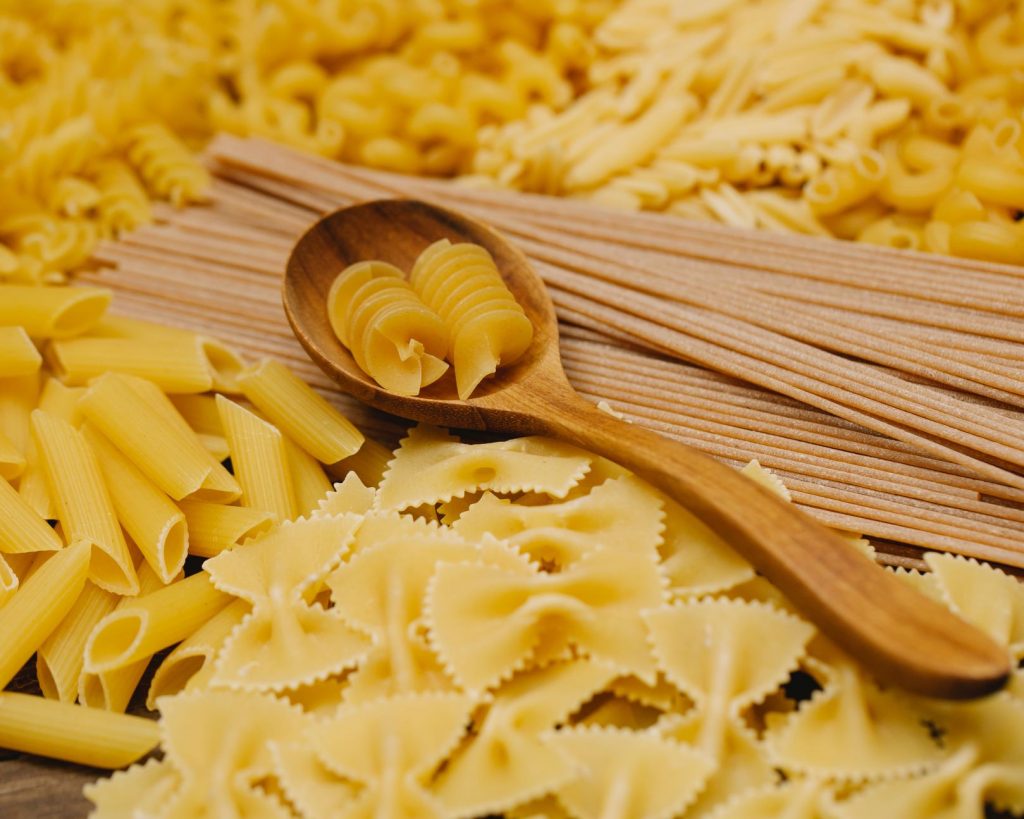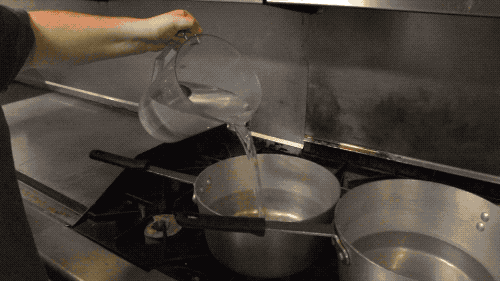
Cooking is a fun hobby that can also be a way to make extra income. There are many methods to cook, and following a recipe can help you learn. However, not all recipes are created equal, so you need to use your senses in addition to recipes in order to get the best results. Here are some advanced cooking tips. Continue reading to find out more. - Using your senses as a guide: Use your senses as a guide to find the best taste and texture of a dish.
Technique and taste.
Amy Pomeroy is the chef at Portland's Beast. She is also co-author of Technique and Taste in Advanced Cooking. Amy learned her skills from Alice Waters, Gray Kunz and Charlie Trotter. This book is organized by type, such as appetizers and main courses. Although it can be intimidating at first glance, this book offers surprising freedom. You will also find many combinations and pairings that you might not have thought of. Although the recipes are more specific than others, the book is still very helpful.
Science of salt
For centuries, salt has been a staple in modern culinary cultures. This simple ingredient adds saltiness, enhances flavours, and turns up aromas. It is also one the few foods that can alter the course or cuisine. Ferran Adria, a former Noma chef, stated that salt is the only thing that "changes" the flavor of cooking.
Indian cooking classes will teach you advanced techniques
Individuals who are interested to learn more about Indian food can find a range of classes on Indian cooking. Look for classes that cater to your interests and budget if you're interested in learning how you can make Indian dishes for special occasions. You should look for a culinary school that offers at least a month's worth of classes. A celebrity chef can teach cooking classes in your area. Before making a decision, make sure you are aware of the current travel requirements.

Rajeev Goyal is a master chef who can teach you about Indian cuisines and how to travel. Rajeev Goyal is an expert in Indian cuisine and has been leading food-related activities for over a decade. His extensive travels gave him an unparalleled understanding of the culture, cuisine, and history of each region. This knowledge will help you when you learn how to cook Indian food for your loved ones and friends. This is a great way to travel and learn about the cuisines of other countries.
FAQ
What should a novice cook do first?
For beginners, it is best to begin with something simple like pasta, rice or soup. If you want to learn how to cook, go for a recipe book or YouTube video. Cooking with friends is much more enjoyable. Enjoy cooking with your family, friends, or both.
What ingredients do I need to purchase to cook?
You don't need to buy every ingredient. Many grocery stores carry pre-made sauces and items that can be used as substitutes. However, if you want to save money, then buying pre-made meals can be helpful.
How do you choose the right career path to become a chef? How can I start my career as a chef?
If you're interested in becoming a chef, you should consider starting as an apprentice. Apprenticeships offer the chance to work for several year without any tuition fees. You can apply to become a sous-chef after you have completed your apprenticeship. Sous chefs supervise cooks and assist them with tasks like making salads and desserts. They also supervise the operation of the restaurant.
What equipment do I need to cook?
To learn to cook, you don’t need to have any special equipment. However, it can be easier to use the right tools. To make pasta easier, you can use a knife to cut the pasta and a whisk to whip up egg whites to stiff peaks. You can make cooking more enjoyable and easier by having the right tools.
Statistics
- According to the BLS, chefs earn $58,740 a year. (learnhowtobecome.org)
- The median pay for a chef or head cook is $53,380 per year or $25.66/hour, according to the U.S. Bureau of Labor Statistics (BLS). (learnhowtobecome.org)
- under 10 Kids have been taught that there is special food just for them, and Fiese says that 10 percent of kids will throw a tantrum if they don't get the food they want. (washingtonpost.com)
External Links
How To
How to make an omelet that is perfect
Omelets are my favorite breakfast dish. How can you make them perfectly? I have tried many different recipes and methods, but none of them work. I have some tips and tricks to help you make delicious, fluffy omelets every single morning.
It is important to know that eggs can be temperamental when making omelets. It is important that eggs are fresh from an organic market and kept cool until used. You must keep them cool enough to allow the whites to form properly and the yolks to become too runny if they're not kept at the right temperature. This causes your omelets to look oddly colored. If you intend to cook your eggs immediately, it's best to use room-temperature egg.
Another tip is to separate the egg before adding it to the pan. It is important not to allow any white to mix with the yolk as this could lead to the omelet becoming curdled.
You might burn the bottom of the egg if you place the egg directly on the stovetop. This could ruin the texture of your omelet. Instead, put the egg in the microwave for 10 seconds before putting it into the pan. The microwave heat cooks your egg just right, without it becoming too soft.
Next, let’s talk about mixing the egg. You want to mix the eggs thoroughly before you add them. To do this, grab the bowl of the mixer and turn it upside down. Then, vigorously shake the bowl. This way, the air inside the bowl gets whipped around and mixes the egg thoroughly.
The fun part is now - adding the milk to the mixture. Mix half of the milk with the eggs. Then fold the eggs in half into the remaining milk. If you still see streaks of eggs, don't worry. These streaks will disappear once the omelet has been turned over.
After you have folded your eggs, heat up the oil on medium heat. Wait for it to get hot. Once the oil starts getting hot, add 1/4 cup of butter to the pan and swirl it around to coat the entire surface of the pan. Next, carefully open the lid and sprinkle salt into your pan. The salt will help to prevent the omelet's sticking to the pan.
Cover the pan once the omelet is formed and allow it to cool completely. Use a spatula to flip the omelet or turn the pan upside-down. Cook the second side for a minute or so. Take the omelet out of the pan and immediately serve.
This recipe is best when used with whole milk. But, you can use skimmed milk as well.